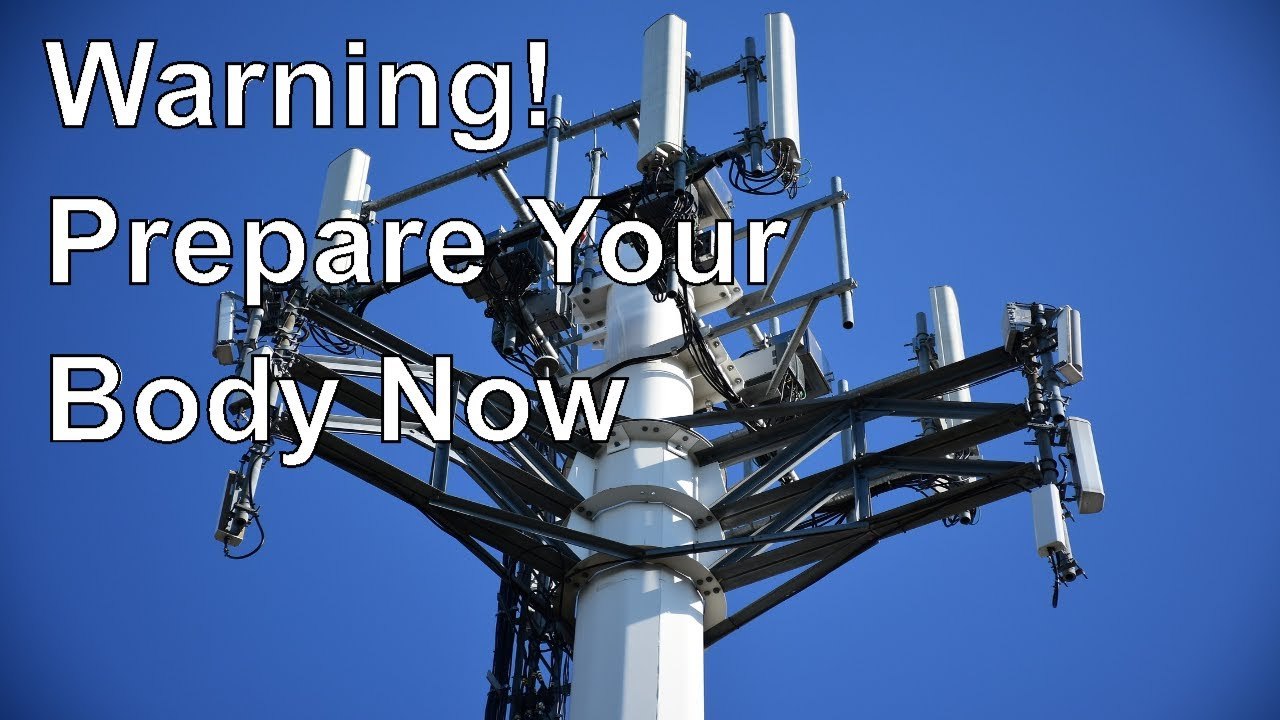This article focuses on the subject of 5G radiation. It is a non-ionizing electromagnetic radiation. Because 5G radiation is small, it doesn't possess the capability of breaking the bonds between chemical molecules in biological tissues or trigger any modifications to cells. It is not known whether 5G radiation can affect the risk of skin cancer, and there is no evidence that has been found to suggest it may cause other disease.

Millimeter-wave radiation with high frequency
High-frequency millimeter-wave radiation from mobile phones and wireless networks may cause health issues to humans. There are many ways that this radiation can cause harm. In certain instances the radiation could cause damage to a person's DNA. In 5g towers radiation , it may cause damage to other parts of the body, such as the brain.
Recent studies have shown that 5G technology can cause the heating of tissues. As a result, researchers from the International Council on Non-Ionizing Radiation Protection (ICNIRP) has asked for a review of existing thermal and biological safety standards. The current exposure standards do not protect people from overheated heat exposure in the event of exposure to pulsed millimeter wave radiation.
Skin cancer risk
There is no definite answer to the question of whether 5G radiation causes skin cancer. However, it is believed that 5G RF EMFs behave as high-LET ionizing radiations. As a result, they can produce large amounts of free radicals that can be found in the skin. The FCC hasn't issued any specific guidelines on the dangers of 5G technology. The debate on the subject continues.
While there are plenty of studies that examine the effects of radio waves with higher frequencies on the health of humans but they've remained limited in extent. However, there is concern over the effects of millimeter-wavelength exposure on oxidative stress and gene expression. These effects may extend to the skin and other organs, including the brain.
Impact on other illnesses
An innovative new technology in wireless, called 5G, is rapidly expanding However, researchers are warning of its potential health risks. 5G technology is expected to significantly increase the amount of electromagnetic radiation found in our surroundings. This is a problem that has led to debates in a variety of countries, including Switzerland. In September 2017 390 scientists and doctors have backed a motion to put an end to 5G deployment. This call was ignored by the European Commission, which is responsible for controlling the use of 5G technology.
As a result, more research is needed to determine the health impacts of 5G. However research has shown that 5G isn't causing the same effects in humans as the radiofrequency from the older mobile networks. Additionally, it does not transmit an entirely new strain of coronavirus. In addition it does not make people more vulnerable to infections caused by viruses.
Exposure measurement
The measurement of exposure to radiation from 5G is a vital aspect in the security of 5G networks. There are two methods to gauge exposure. One method is measuring the power of radio waves that is absorbed by human tissue. The other involves measuring the amount of radiofrequency energy emitted by an object. The term "radiofrequency energy" (RF) can be described as an energy source that originates through radio transmitters.
Within the United States, the FCC has imposed a restriction on the energy density of 5G mobile devices. These tests only determine power density at just a few inches, and the FCC does not require the measurement of each beam. However, the power density of each beam can be determined by computer simulation. The worst-case scenario is then selected according to the configuration of each beam.
Get more info
There's been a lot of discussion about whether the effects of 5G radiation are detrimental to the health of humans. For 5g radiation symptoms , the Swiss government, for example, has produced a report which concludes that the technology has no adverse health effects in the short term, however, there aren't any studies that have demonstrated long-term effects. However, this report also has a variety of issues that include biased reporting.
The strength and frequency of radio waves that carry energy depend on the frequency. The energy that is carried by a millimetre waves will be identical to that of current radio waves however, they're less visible and are more suitable for environments with high density as they won't be easily blocked by glass or walls. High-density urban areas would require a high number of smaller, low-power locations, and suburban areas will benefit from 5G stations that operate at lower frequencies.
